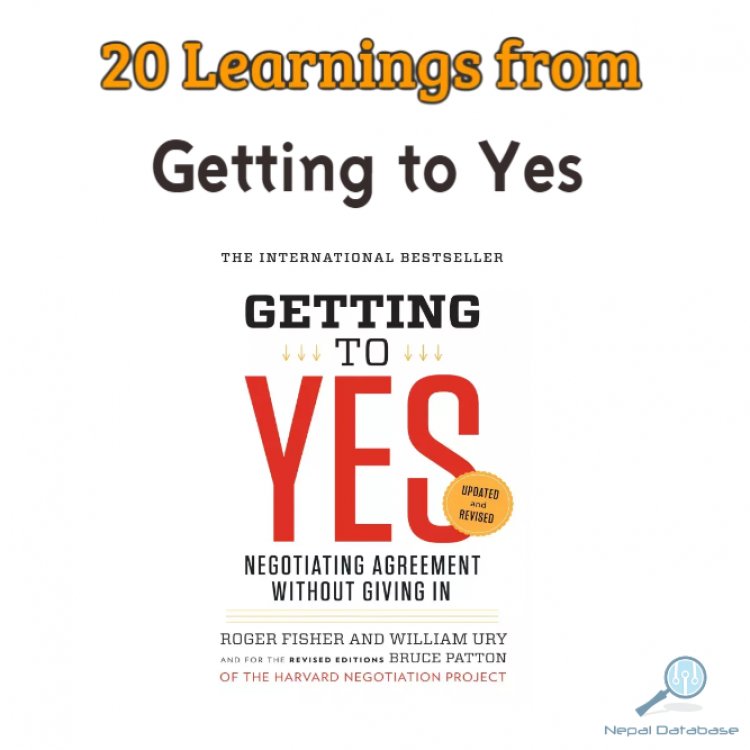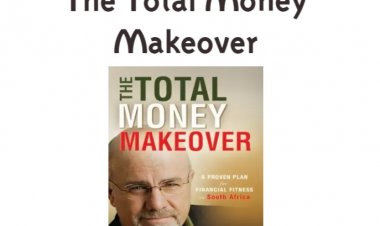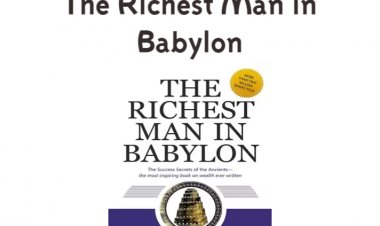Mastering Negotiations: 20 Key Learnings from the Classic Book "Getting to Yes"
Become a pro at negotiations with these 20 key takeaways from the renowned book "Getting to Yes". Learn how to separate people from the problem and achieve mutually beneficial agreements.

"Getting to Yes" is a book written by Roger Fisher and William Ury, published in 1981, that offers a practical, step-by-step guide to successful negotiation. The book has become a classic in the field of negotiation and has been widely used in both personal and professional contexts. Here are the 20 key learnings from this book:
-
Separate the people from the problem
It is important to separate the emotions and personal relationships of the individuals involved in a negotiation from the problem at hand. -
Focus on interests, not positions
Understanding the underlying interests and needs of the other party can help to find mutually beneficial solutions. -
Use objective criteria
Utilizing objective standards, such as market value or legal precedents, can help determine the fairness of a proposed agreement and reduce the impact of personal biases. -
Prepare thoroughly
Thorough preparation, including researching the issue and considering a range of options, can increase confidence and improve the chances of success in a negotiation. -
Consider "no-deal" options
Having a clear alternative plan can increase leverage and help to hold firm to one's own interests. -
Use principled negotiation
This approach focuses on finding mutually beneficial solutions that are fair, respectful, and based on objective criteria. It can help build trust and resolve conflicts effectively. -
Focus on common interests
Identifying shared interests can help find mutually beneficial solutions. -
Invent options for mutual gain
Generating a range of options can help find mutually beneficial solutions. -
Use objective criteria to evaluate options
Utilizing objective standards can help determine the fairness and feasibility of different options. -
Insist on using objective criteria
Holding firm to the use of objective criteria can help reduce the impact of personal biases and emotions on the negotiation process. -
Avoid positional bargaining
Focusing on fixed positions can lead to a win-lose dynamic and make it harder to find mutually beneficial solutions. -
Separate negotiation of the people from negotiation of the problem
It is important to address relationship and personal issues separately from the problem at hand. -
Focus on the present and the future, not the past
Negotiating based on past events can be unproductive and focus on establishing blame rather than finding solutions. -
Use objective criteria to resolve disputes
Utilizing objective standards can help fairly and impartially resolve conflicts. -
Use objective criteria to decide what to do if no agreement is reached
Employing objective standards can help determine the best course of action if a mutually beneficial agreement cannot be reached. -
Consider the interests of all parties involved
Taking into account the interests of all parties can help to find solutions that are fair and mutually beneficial. -
Consider the long-term implications of an agreement
It is important to consider the long-term consequences of an agreement and whether it will be sustainable over time. -
Don't be afraid to walk away from a negotiation
It is important to be prepared to walk away from a negotiation if an agreement cannot be reached that meets one's interests. -
Maintain respectful communication
Maintaining respectful and constructive communication can help to build trust and facilitate a more productive negotiation process. -
Keep an open mind
Being open to new ideas and approaches can help find mutually beneficial solutions and facilitate a successful negotiation.
In conclusion, "Getting to Yes" by Roger Fisher and William Ury offers a wealth of practical strategies and techniques for achieving mutually beneficial agreements in negotiations. The book emphasizes the importance of separating the people from the problem, focusing on interests rather than positions, and using objective criteria to evaluate options and reach agreements. Its emphasis on preparation, principled negotiation, and respect can help readers to become more effective and successful negotiators in both personal and professional contexts. By following the principles outlined in the book, individuals can learn to navigate complex negotiation situations and find mutually beneficial solutions that meet the needs of all parties involved.
What's Your Reaction?







































































































